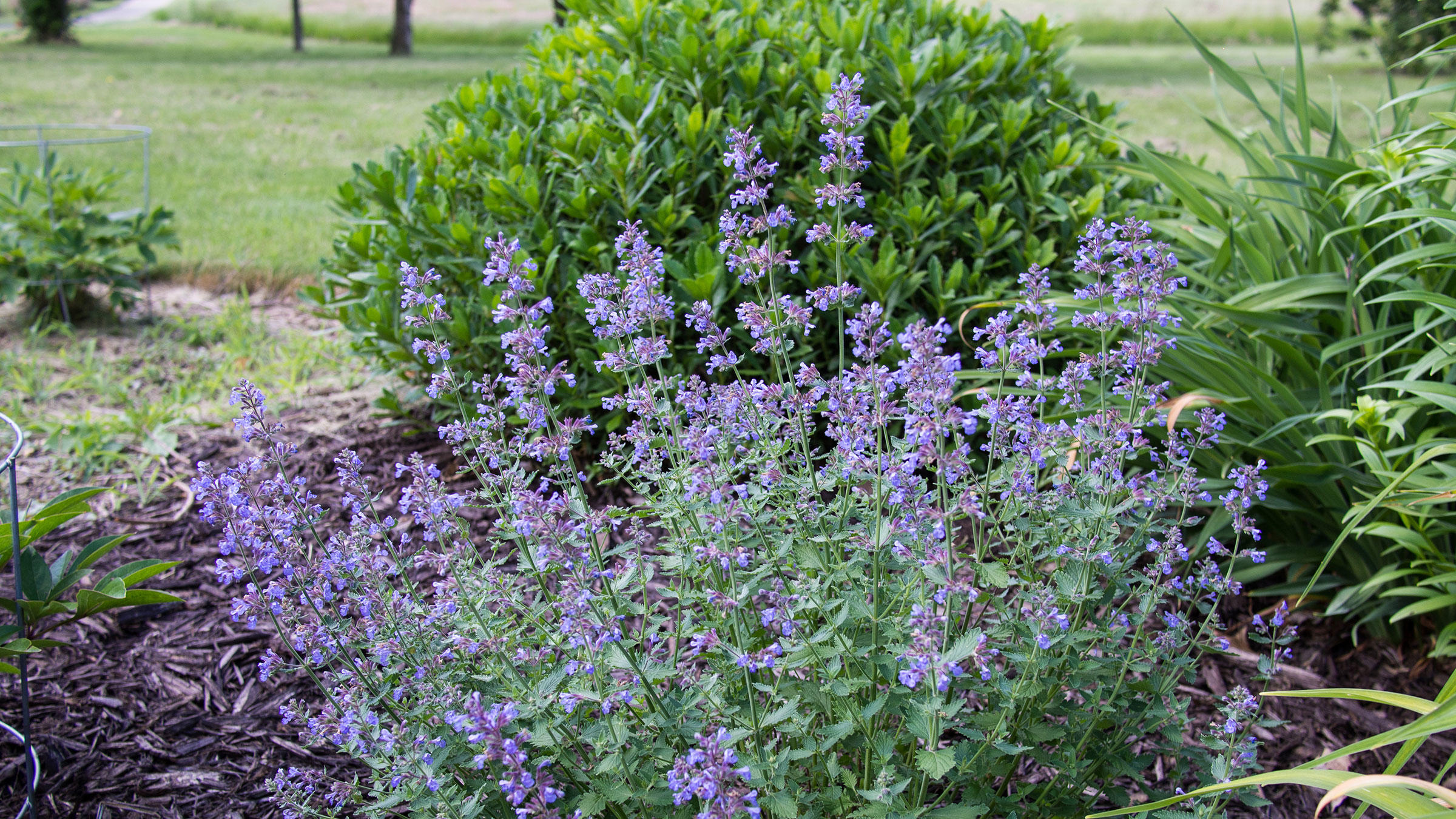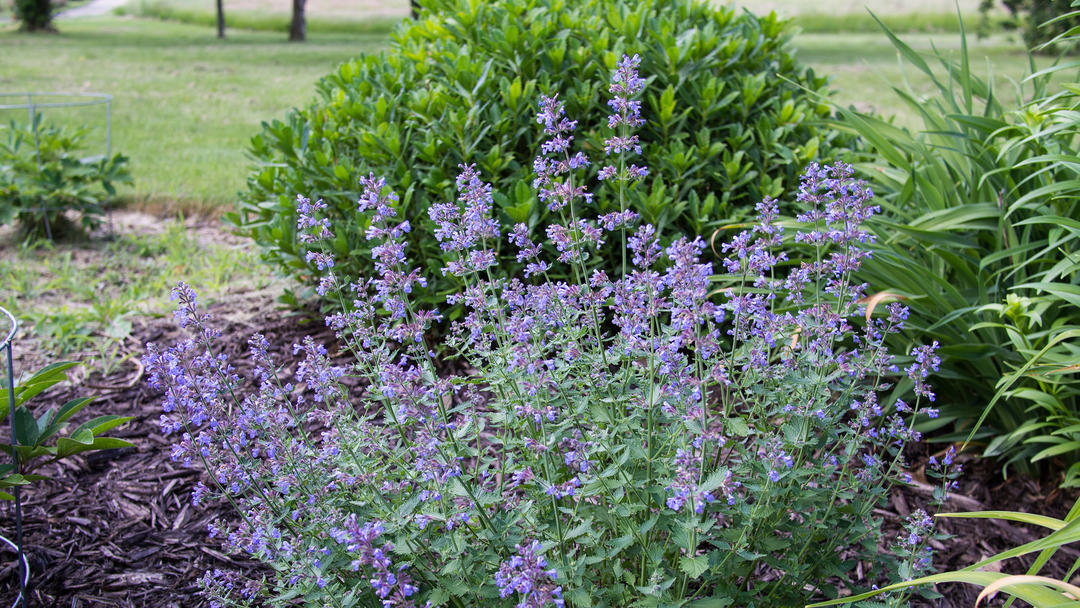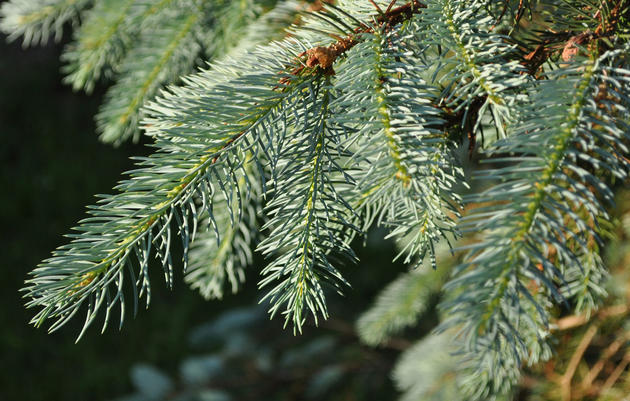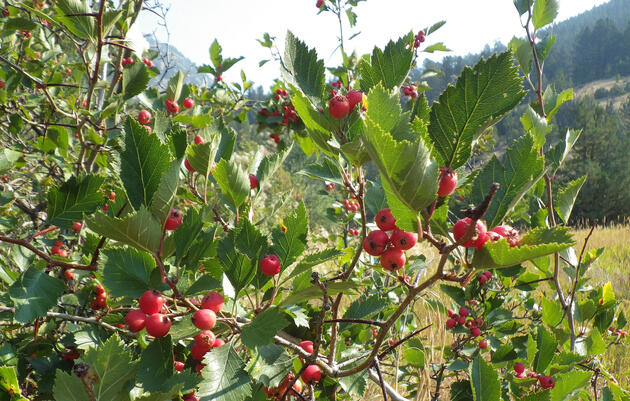Our Plant Profiles from Plant Select® feature plants that thrive in the Rocky Mountain region and also provide critical needs for wildlife.
Catmint vs. Catnip
Catmint vs catnip, which is which? It’s easy to confuse common names of plants, especially when they sound so similar. Catnip (Nepeta cataria) is a common, white-flowered plant in the mint family found throughout the United States, especially in disturbed areas. Cats love to roll in these low-growing plants, and cat toys filled with the dried leaves are famous for driving cats wild.
Catmint, on the other hand, also a member of the mint family, is a beautiful ornamental plant that’s durable and adaptable, but not so favored by domestic cats.
Walker's Low Catmint: Nearly Perfect
For many years, Walker’s Low catmint (Nepeta faassenii) has been the standard for catmints in western gardens. Mounds of glowing periwinkle blue flowers start opening in May and continue for a month or two.
Hummingbirds, moths, butterflies, and bees flock to the blooms, but deer and rabbits seem to stay away. Drought tolerant, long-blooming, and durable in our extreme weather conditions--catmints are nearly perfect plants.
Nearly perfect, that is, but for two things. All catmints flop out a bit after blooming, the weight of the flowers eventually cause the stalks to drop, opening and flattening the center of the plant.
The second drawback is that most of the catmints available at garden centers are fertile, meaning they bloom, are fertilized by pollinators, and then set viable seeds that end up scattering all over the garden, followed by seedlings sprouting in abundance. Sometimes free seedlings (especially of such a beautiful plant) are welcome, but in many cases, they prove to be a nuisance.
Another caveat: Walker’s Low is not really so “low." The name comes from the fact that it’s relatively low in comparison to Six Hills Giant, the old standard for garden catmints, which grows to 3’ tall, while Walker's Low tops out at 24-30 inches. The name implies a small plant, but in truth, Walker's Low is really not so low!
Little Trudy®: Compact and Not a Spreader
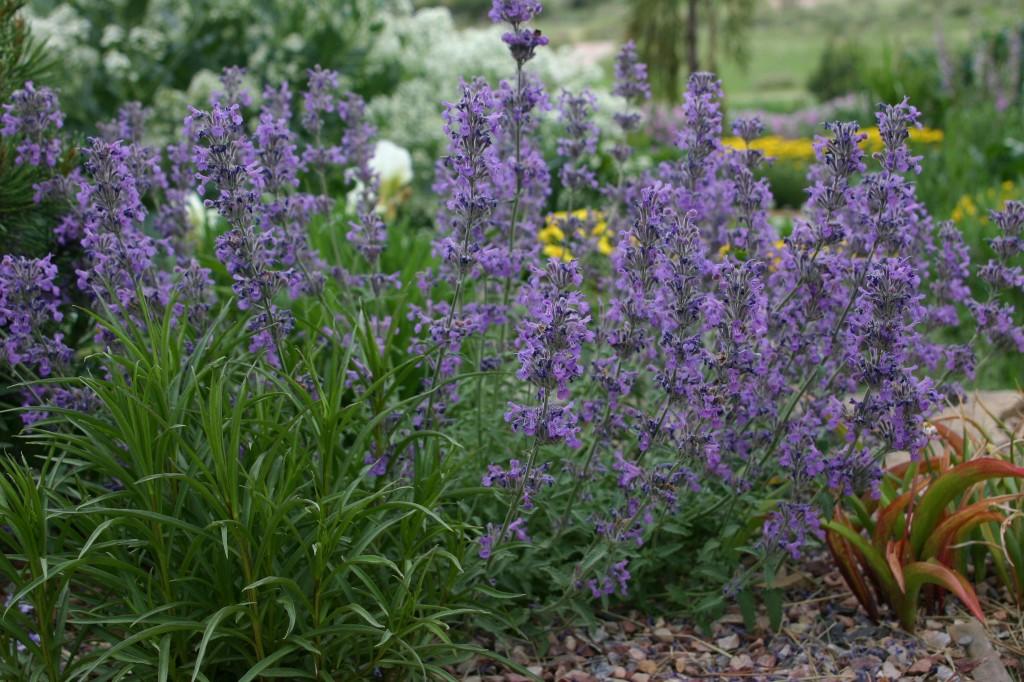
If you're looking for a catmint with a tidier appearance, one that stays compact and is more suitable for small gardens, or one that won’t seed around, try Little Trudy® catmint.
Little Trudy® was discovered at Little Valley Wholesale Nursery in Brighton CO and trialed at Colorado State University and Denver Botanic Gardens before being introduced by Plant Select® in 2008. It starts blooming in late spring and will continue to flower lightly throughout the entire summer. The leaves are quite small, grey-green, and aromatic when crushed.
Wildlife benefits: Stalks of petite, purple-blue flowers attract a wide range of pollinators, including moths, bees, butterflies and hummingbirds.
Growing tips: If desired, the first heavy flush of blooms can be cut back and a second full round of blossoms will appear later in summer.
Little Trudy® At a glance
- Height: 8-10”
- Width: 12-16”
- Growth habit: mounding
- USDA Hardiness Zones 4-9
- How to Use: containers, perennial borders, mixed flower beds
- Culture: Sunny spots with moderate to dry conditions in most soils

